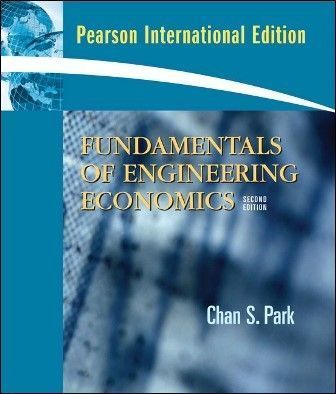書籍分類

Engineering Economy8/e
作者:Leland Blank, Anthony Targuin
原價:NT$ 1,000
ISBN:9781259253294
版次:8
年份:2018
出版商:McGraw-Hill
頁數/規格:656頁/平裝雙色
版次:8
年份:2018
出版商:McGraw-Hill
頁數/規格:656頁/平裝雙色
內容介紹 本書特色 目錄 作者介紹
- Description
This new editon includes the time-tested approach and topics of previous editions and introduces significantly new print and electronic features useful to learning about and successfully applying the exciting field of engineering economics. Money makes a huge difference in the life of a corporation, an individual, and a government. Learning to understand, analyze, and manage the money side of any project is vital to its success. To be professionally successful, every engineer must be able to deal with the time value of money, economic facts, inflation, cost estimation, tax considerations, as well as apreadsheet and calculator use. This book is a great help to the learner and the instructor in accomplishing hese goals by using easy-to-understand language, simple graphics, and online features.





